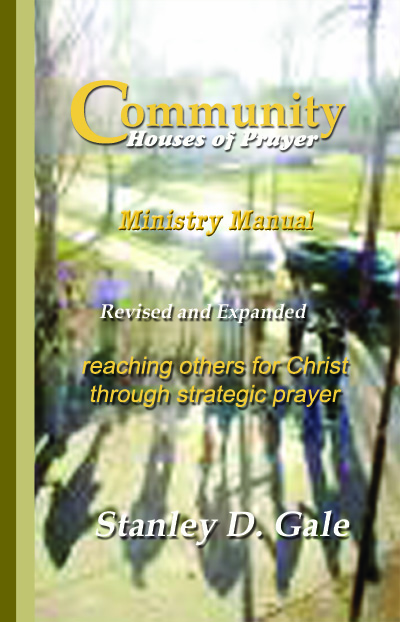-
A House of Prayer is not the same as a Place of Prayer
(This is the first of two articles related to Jesus’ teaching in Mark 11 that His Father’s house is to be a house of prayer. For more on the church as a house of prayer see Stanley D Gale, “God’s House of Prayer – Extreme Makeover Edition.”)
I sat toward the back of the rows of chairs set up in the nave of the massive York Minster watching the seats around me fill with worshipers for Evensong. This was no ordinary Evensong, however. It marked a special occasion celebrating the Lord’s provision for maintenance of the ancient cathedral dating to the thirteenth century, located on a site that reached back almost 2,000 years to the days of Roman occupation.
As the hour for Evensong approached the celebrants and choirs formed to process. Anticipation built, but was stayed with the announcement that there would be a brief delay. The special guest had not yet arrived. Eventually, all heads turned to the rear to watch the towering wooden doors swing open to allow entrance for Prince Andrew, the Duke of York.
The service underway, the time came for the homily. A bishop ascended the steps of the pulpit. He spoke of the magnificent building and its rich history as a house of prayer, urging those gathered to provide financial support for its continuing upkeep and operation.
Is this what Jesus had in mind in when He said, “Is it not written, ‘My house shall be called a house of prayer for all nations’” (Mark 11:17)? Is a house of prayer a place for people to come to pray?
It’s true that the service of Evensong was filled with prayer, or at least recited prayers. It was true that the Minster (minster means mission church, according to our guide on the next day) had been the site of prayers offered for centuries past and that facility was intended to inspire awe of the God who was sought in prayer. In a sense a church building is most assuredly a place of prayer because it is a place of worship.
But preserving the church as a house of prayer means more than care of a facility for parishioners and pilgrims to come to pray. When Jesus spoke of the purpose of His Father’s house, He was urging the people of God to honor Him and to be about the Father’s business.
Upon entering the temple in Mark 11 Jesus discovered the people to be about their own business, engaging in commerce to build their own kingdoms and serve their own ends. Jesus went so far as to characterize it as thievery, robbing God of His prerogative and purposes.
The place that signified God dwelling among His people, to be sought by them and to be identified as His people before the nations, had been relegated to a commercial establishment catering to the avarice of men. As John Bunyan put it in his classic work, The Holy War, where he lays out Lucifer’s strategy against Mansoul (i.e., the church): “Let us but cumber and occupy and amuse Mansoul sufficiently, and they will make their castle a warehouse for goods instead of a garrison for men of war.” The strategy of the evil one continues to this day.
A house of prayer reflects the calling of God’s church. It looks to the people of God as the temple of living stones communing with God in praise, adoration, gratitude, contrition and supplication. It has in view prayer as the means ordained by God for exercise of the commission of the church to advance God’s kingdom and lay siege to the gates of hell. Prayer becomes the atmosphere in which the church thrives and the oxygenation by which its mission is animated.
Prayer is the voice of an impotent people charged with a daunting task, giving God no rest (Is. 62:6-7) until He establishes His church and makes it a praise in all the earth, for unless He builds the house its workers labor in vain. Prayer operates on the knowledge that God is able to do immeasurably more than all we ask or think according to His power at work in us (Eph. 3:20-21), the power of the risen and victorious Christ, the Royal to whom all authority has been given, the Ruler present to the end of the age.
York Minster was remarkable. It stands as the largest medieval Gothic cathedral in Northern Europe and boasts a rich history in the Christian faith. The facility merits maintenance that it might give delight to generations to come as it did to me and speak to the heart for the gospel of Jesus Christ.
Its glory, its substance, however, is not primarily in its sprawling opulence nor in its regal pageantry. As is the case with any church, the glory that must be maintained as a matter of first importance is not so much a place for prayer as it is a furnace of prayer whose fires burn brightly with the glory of God as witness to the nations and the refining hand of the saving God.
(Part two of Jesus’ teaching in Mark 11 on His Father’s house as a house of prayer will be posted under the title, “Fig-uring Out Christ’s Concern for His Father’s House.”)





